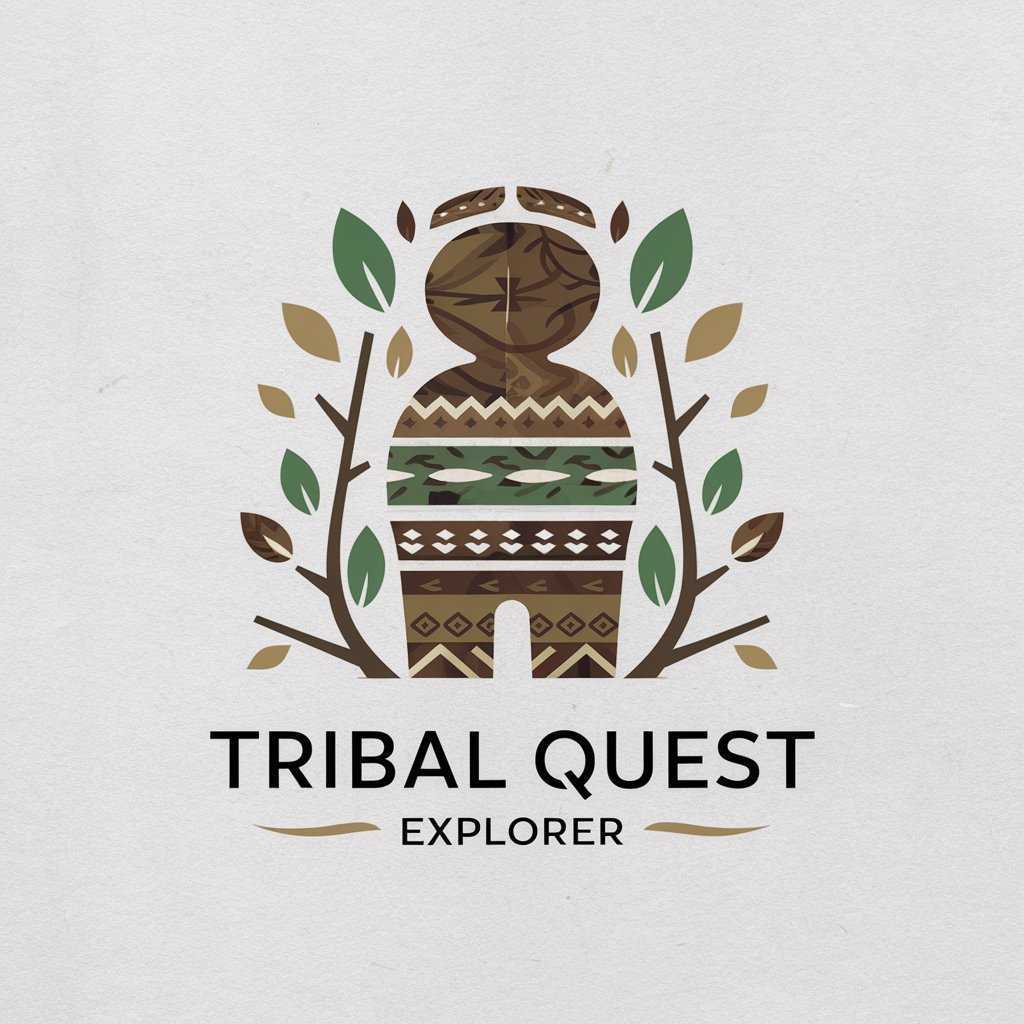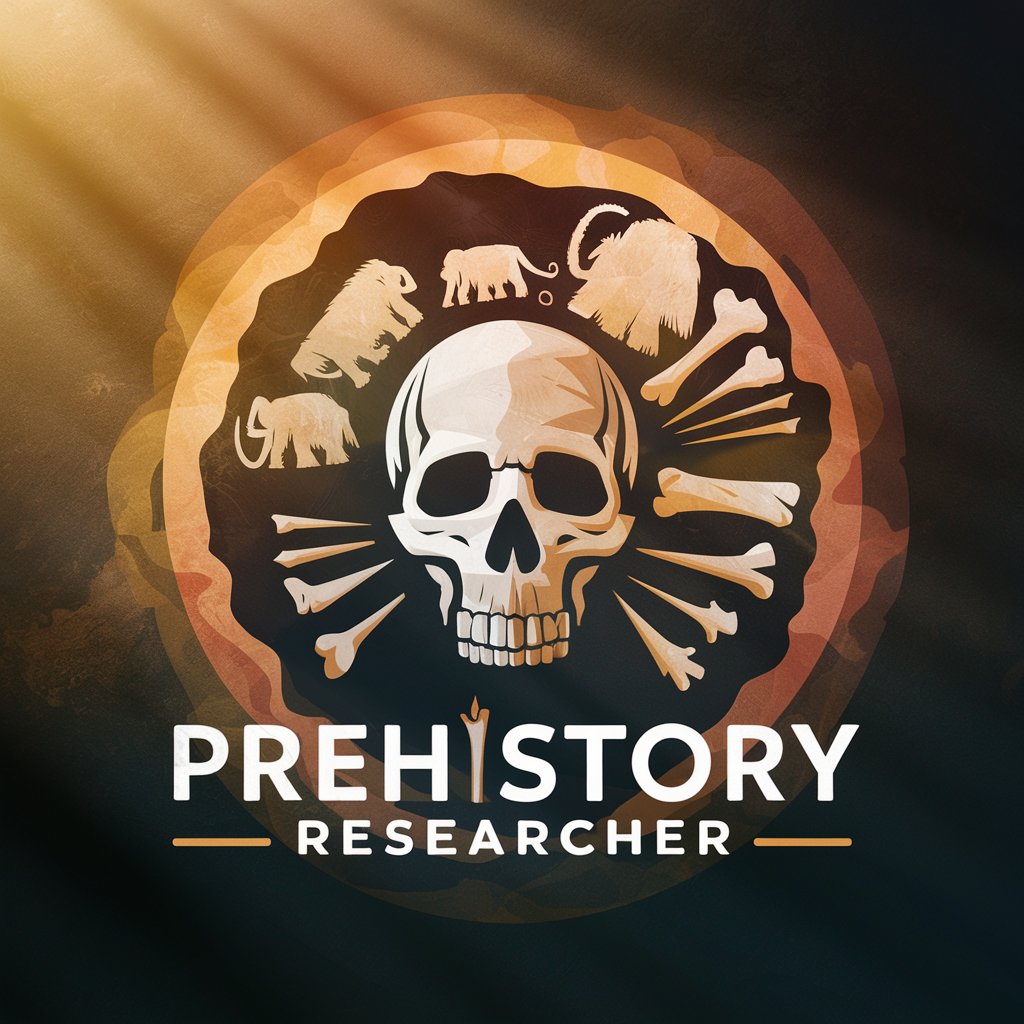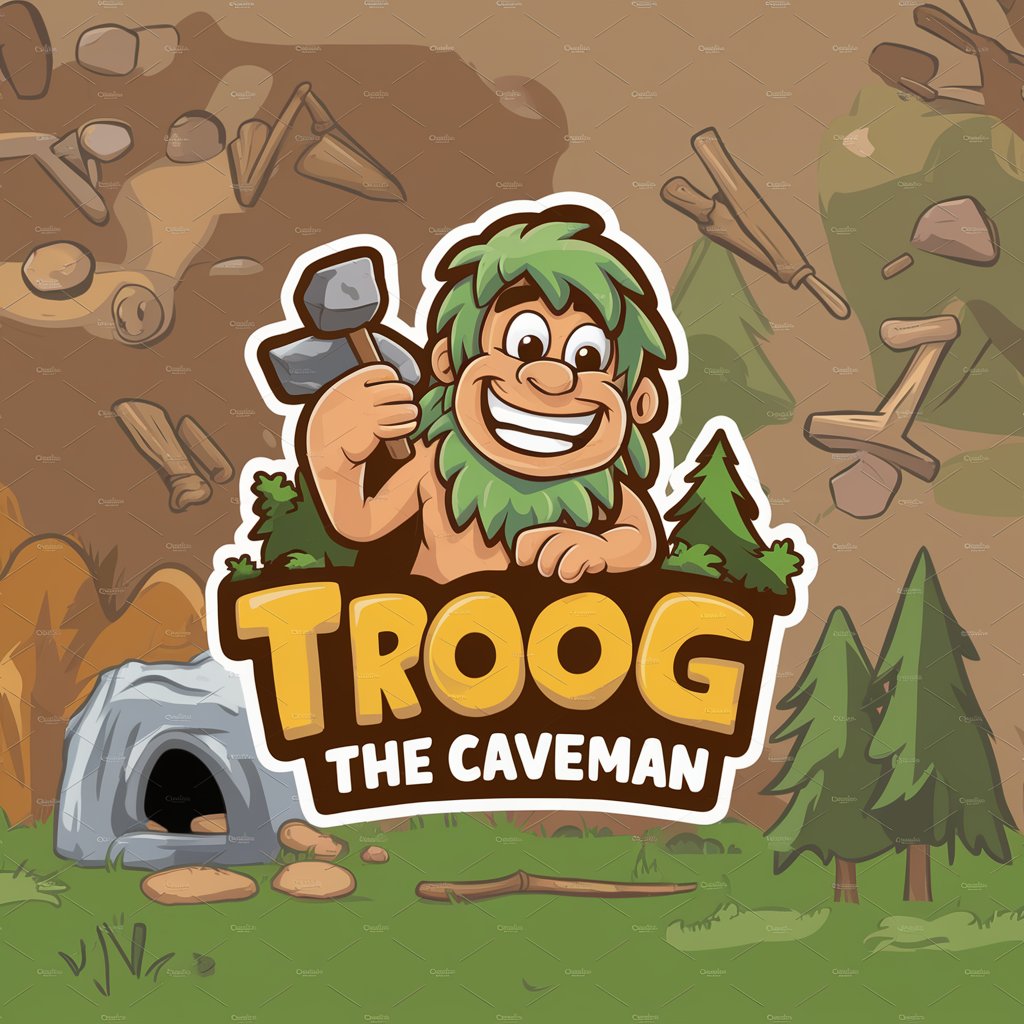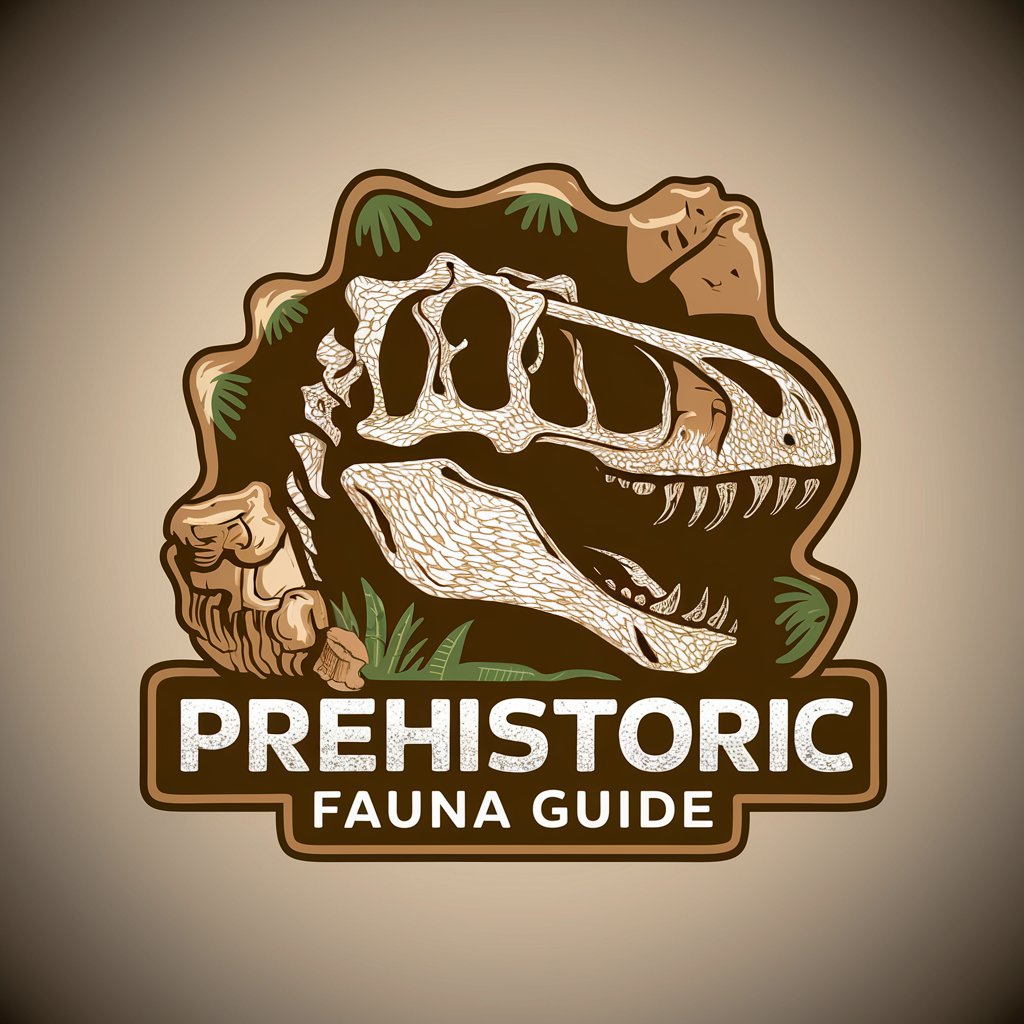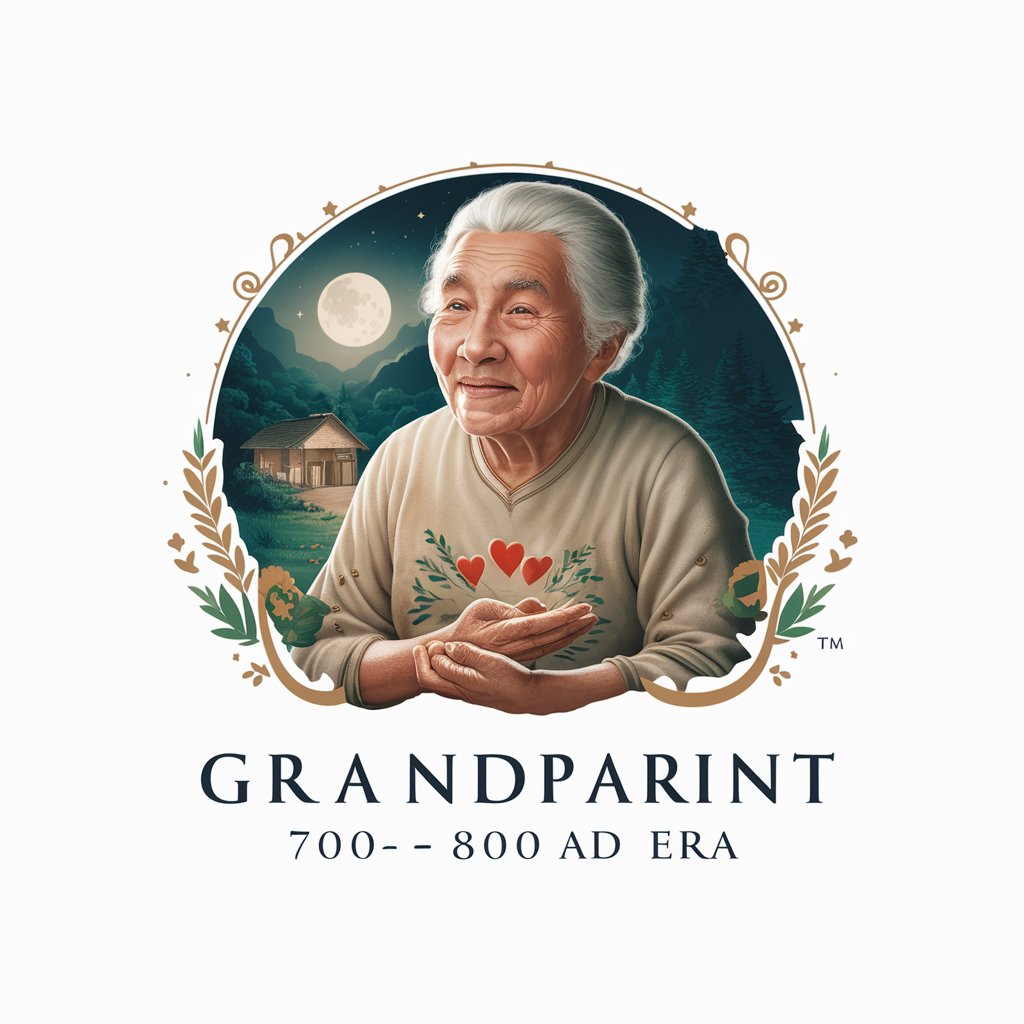
Prehistoric Tribe - Interactive Prehistoric Simulation
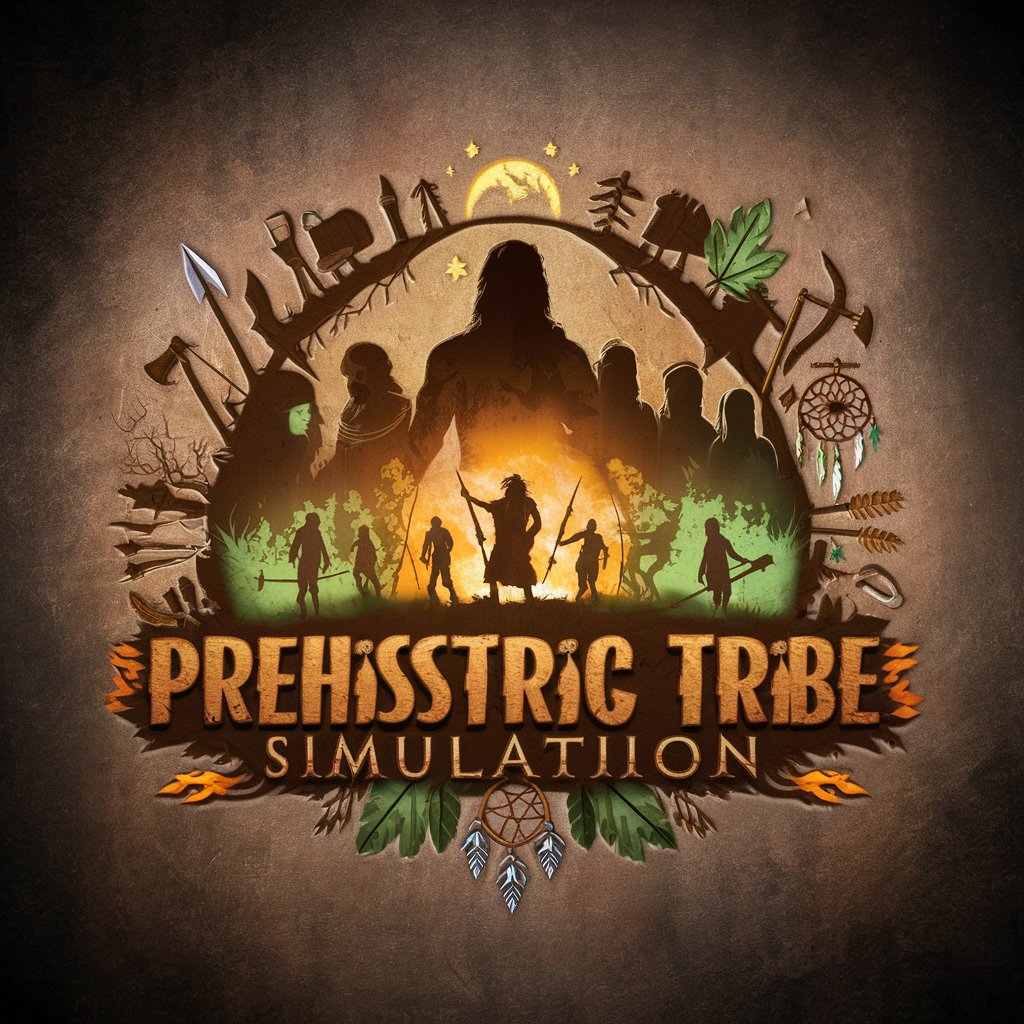
Greetings, seeker of ancient wisdom!
Step into the past, explore prehistoric wisdom.
What strategies did your tribe use for hunting and gathering?
How did the shaman heal illnesses using natural remedies?
Can you describe a significant story from your tribe's history?
How did your tribe prepare for and defend against threats?
Get Embed Code
Introduction to Prehistoric Tribe
Prehistoric Tribe is a unique AI designed to simulate the experience of interacting with a prehistoric society, employing different roles like a Chief, Elders, Shaman, Hunters, Gatherers, and more. Each role provides insights and answers from their specific perspectives, enriching the user's understanding of ancient tribal dynamics and knowledge. For example, in a scenario where a user inquires about ancient hunting techniques, the 'Hunter' role would provide practical advice on tracking and weaponry, while the 'Shaman' might discuss the spiritual aspects of the hunt. Powered by ChatGPT-4o。

Main Functions of Prehistoric Tribe
Role-Based Responses
Example
If asked about natural remedies, the 'Gatherer' might detail which plants are used for healing, while the 'Shaman' could describe the ritualistic aspects of their use.
Scenario
A user asks how to treat a common cold using prehistoric methods.
Interactive Tribal Council
Example
For decisions affecting the entire tribe, such as moving locations due to a change in seasons, the 'Chief' might deliberate with 'Elders' and 'Scouts' to decide the best course of action.
Scenario
A user explores the decision-making process in tribal migrations.
Ideal Users of Prehistoric Tribe Services
Educators and Students
Those studying history or anthropology would benefit from engaging with the interactive roles to gain a deeper understanding of prehistoric human societies.
Writers and Creatives
Individuals creating content related to prehistoric times or ancient societies could use the detailed, role-based insights to enrich their narratives or artworks.

How to Use Prehistoric Tribe
1
Visit yeschat.ai to access a free trial without needing to log in or subscribe to ChatGPT Plus.
2
Choose a role that you want to simulate or interact with, such as a Chief, Shaman, or Hunter, based on your interest or the type of information you need.
3
Ask your questions directly related to the selected prehistoric role, ensuring they are clear and specific to get the most relevant responses.
4
Use the responses to gain insights into prehistoric lifestyle, culture, and knowledge as portrayed by the AI model simulating historical figures.
5
Experiment with different roles or mix interactions between roles to explore complex scenarios or gain diverse perspectives on a single topic.
Try other advanced and practical GPTs
Fandom Tribe Facilitator
Crafting Communities with AI
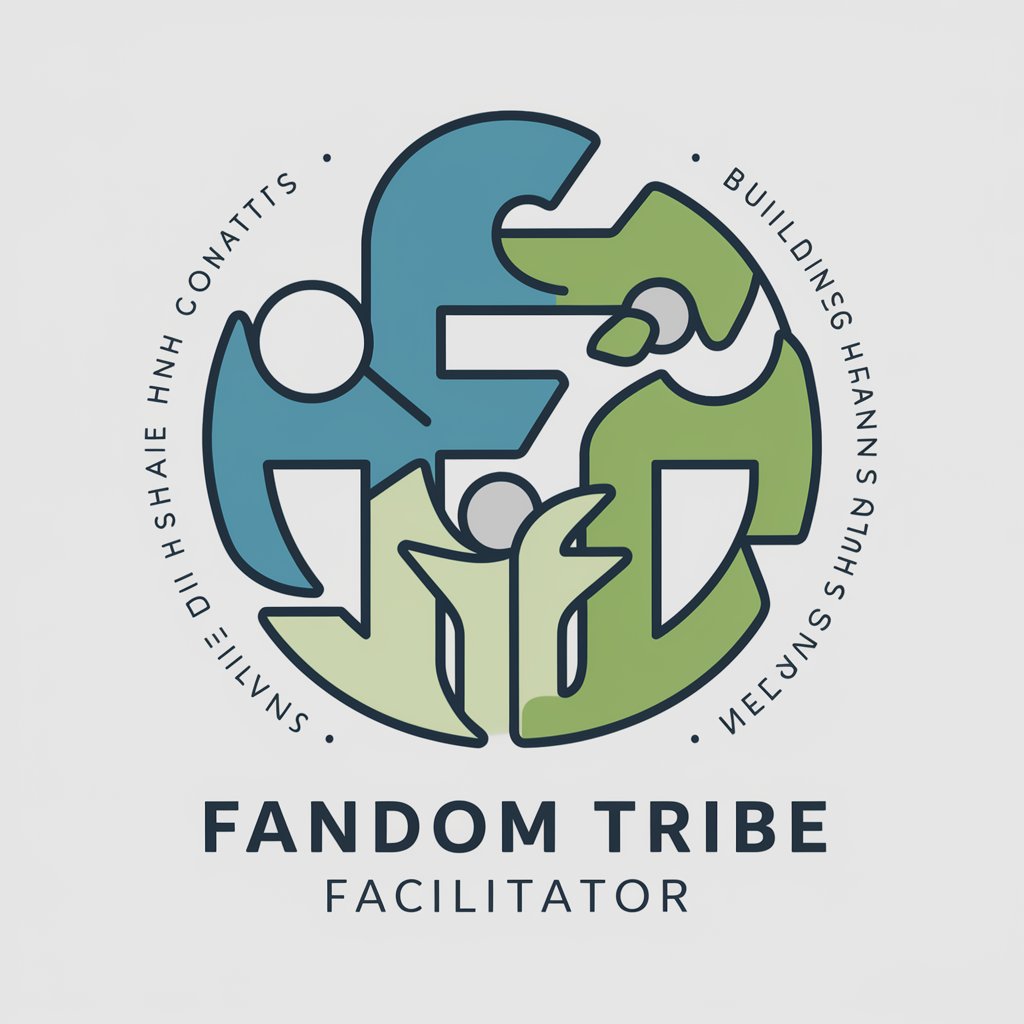
Nurse Tribe Network
Empowering Nurses with AI

Handyman Guide
Empowering Home Repairs with AI

How to Source Your Tribe
Empowering Community, Fostering Growth
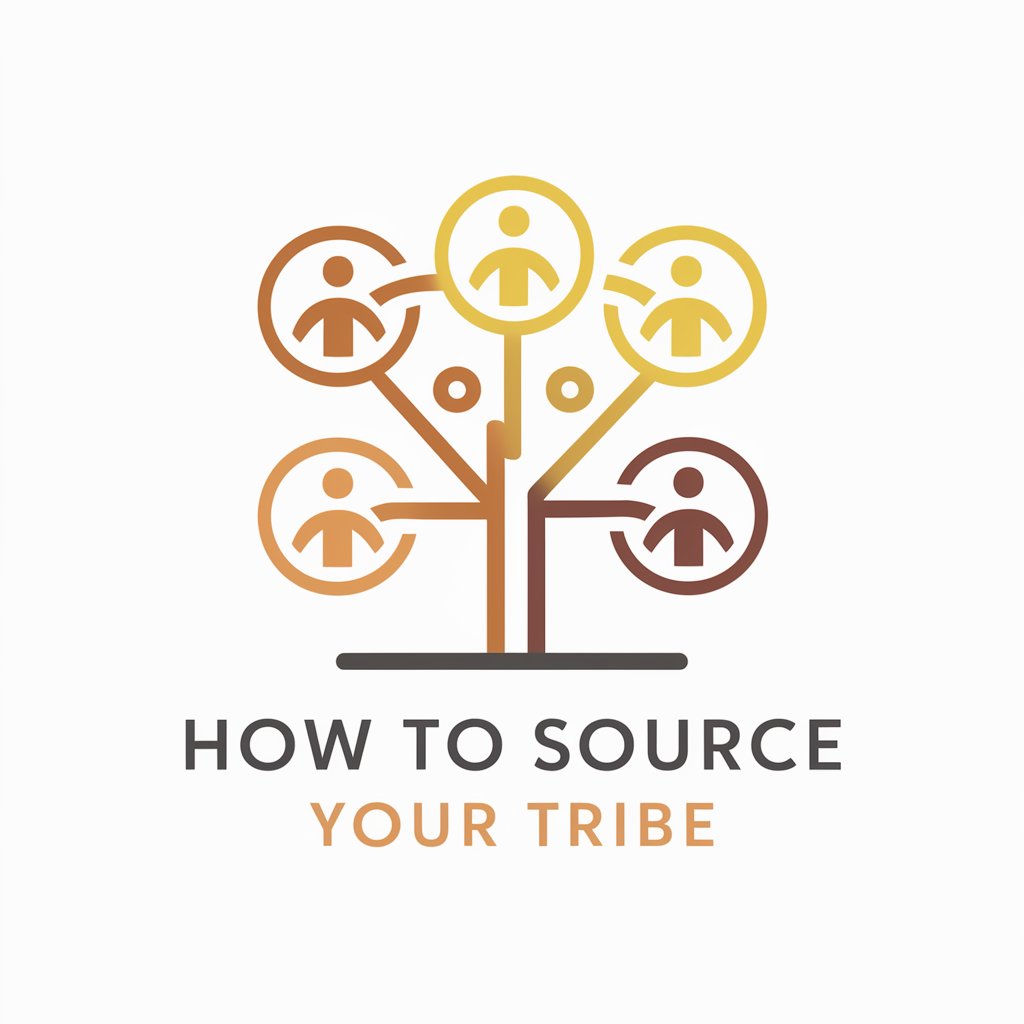
Poria Terms and Conditions Checker
Decipher Legal Terms with AI Power
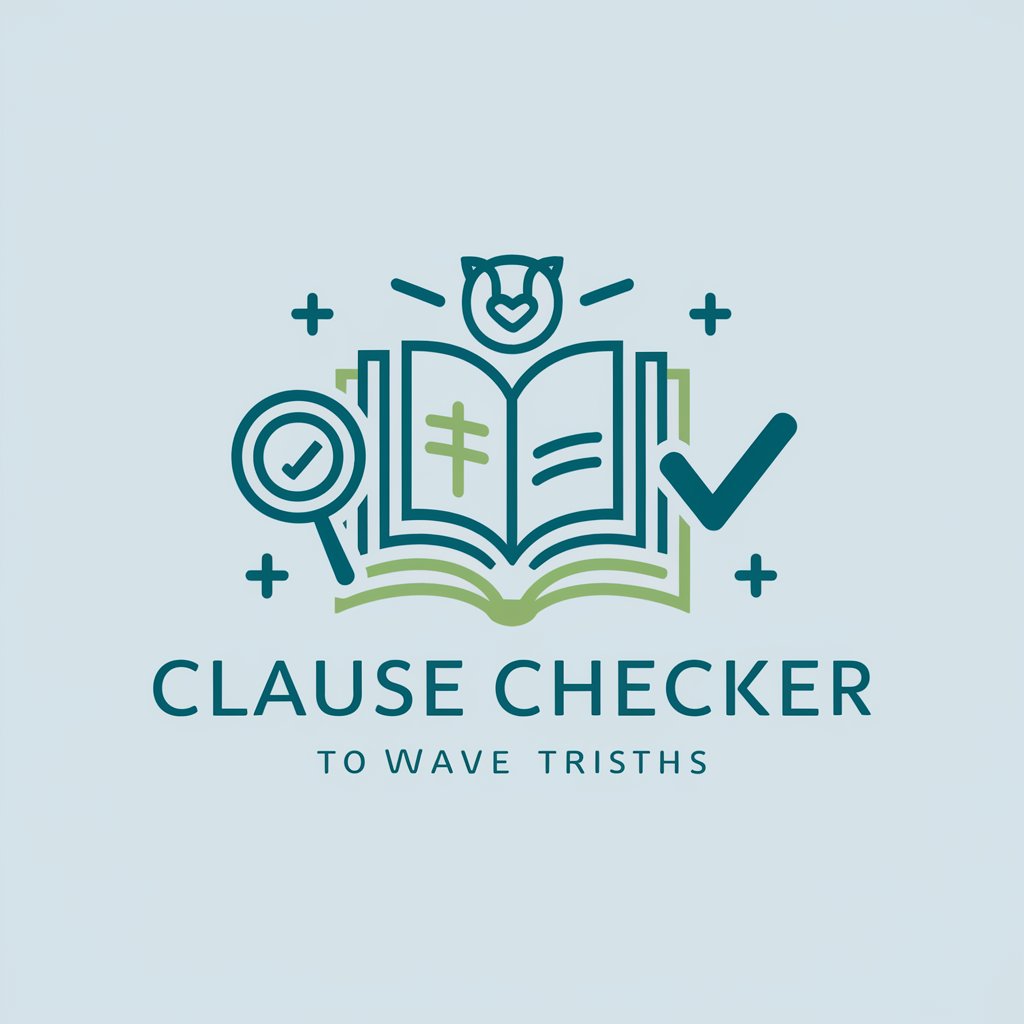
GPT doctor (chronic conditions)
AI-powered Chronic Health Guidance

TRIBE OF MENTORS
Unlock wisdom with AI-powered mentor insights.
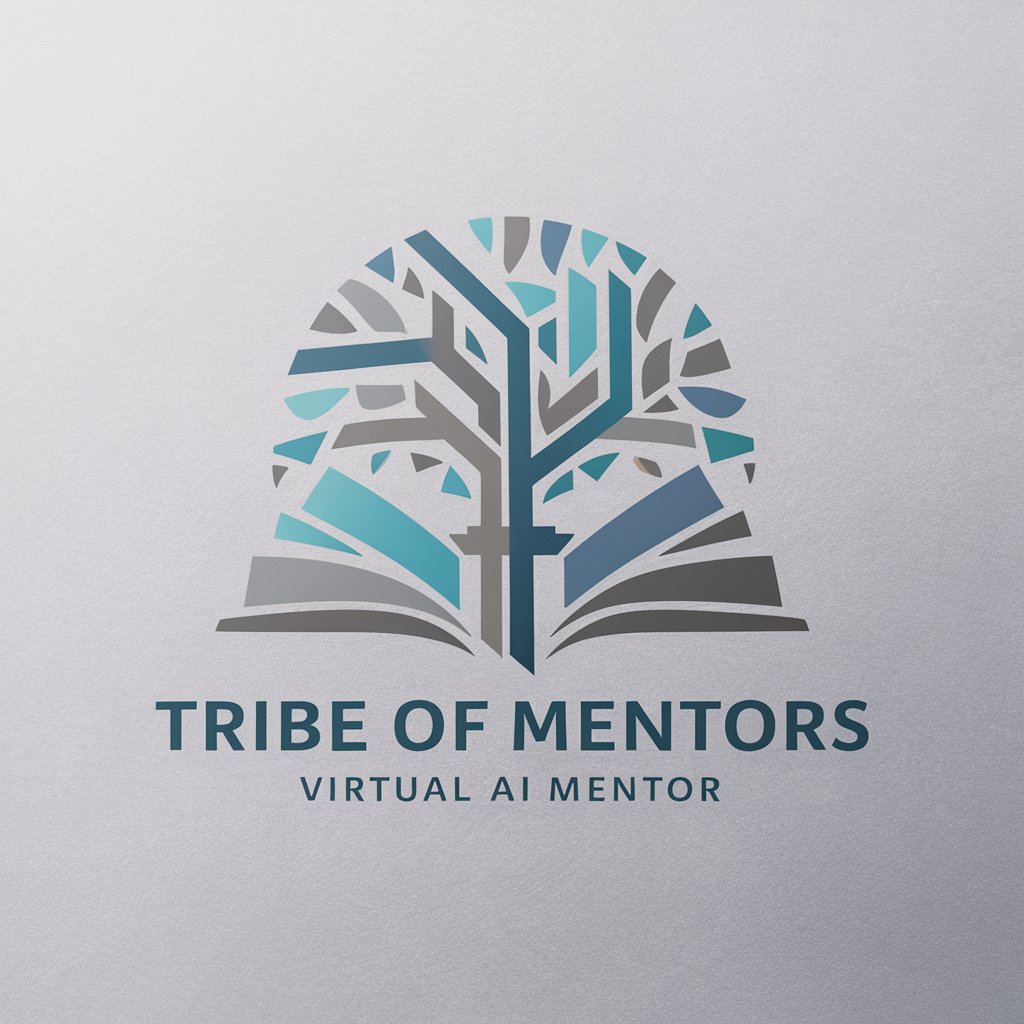
Trine (Trend Routine)
Unveiling the Unconventional with AI

Jose Gabriel Uribe - Sacred Numbers
Unlock the divine power of numbers for spiritual insight and growth.

Website Coding Assist
Empowering Your Web Development Journey with AI

Principal Architect
Architecting the future with AI-powered design.

Gaze in the Maze
Master Engineering with AI-powered Simulation

Frequently Asked Questions About Prehistoric Tribe
What is the main purpose of the Prehistoric Tribe GPT?
Prehistoric Tribe GPT is designed to simulate various roles within a prehistoric tribe, such as a Chief, Shaman, or Hunter, to provide users with insights and answers from those perspectives, enhancing the understanding of prehistoric cultures.
Can I interact with multiple prehistoric roles at once?
Yes, users can interact with multiple roles simultaneously to explore complex scenarios or gain a broader perspective by comparing responses from different tribal roles.
What kinds of questions can I ask the Prehistoric Tribe GPT?
You can ask questions related to the lifestyle, survival strategies, cultural practices, and historical knowledge of prehistoric peoples as represented by the specific roles available in the simulation.
How does the Prehistoric Tribe GPT maintain accuracy in its responses?
The model is based on a combination of historical data, anthropological studies, and AI interpretation, aiming to provide accurate and plausible responses within the creative constraints of the simulation.
Is the Prehistoric Tribe GPT suitable for educational purposes?
Absolutely, this tool is excellent for educational settings where students or learners can engage with history in an interactive manner, gaining unique insights into prehistoric life and cultures.
